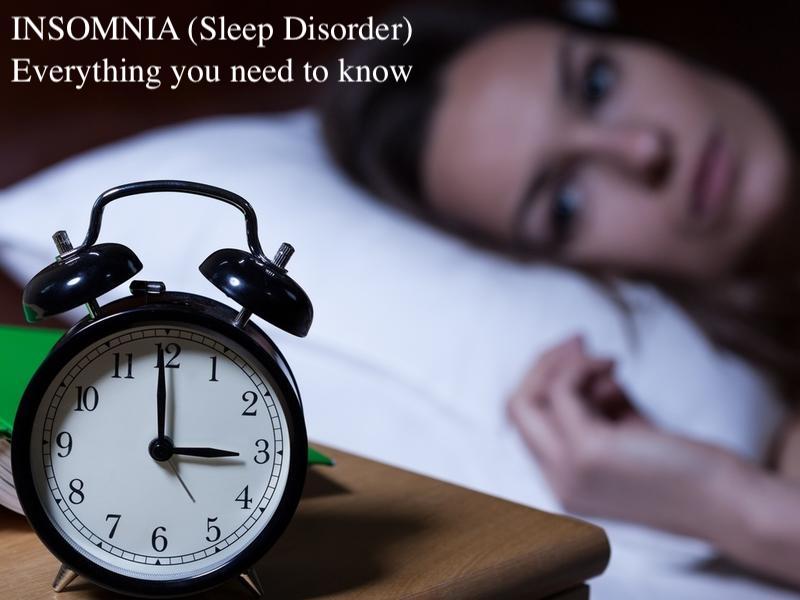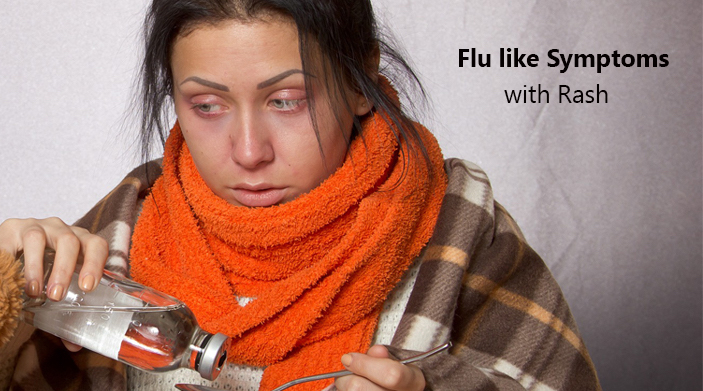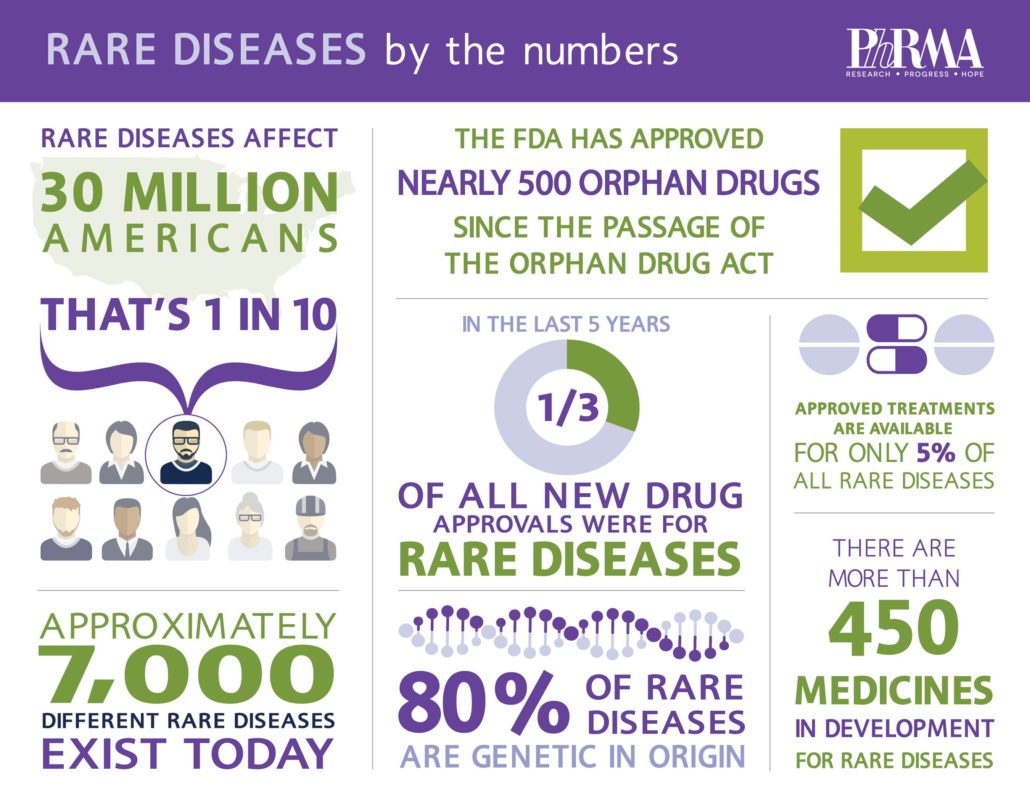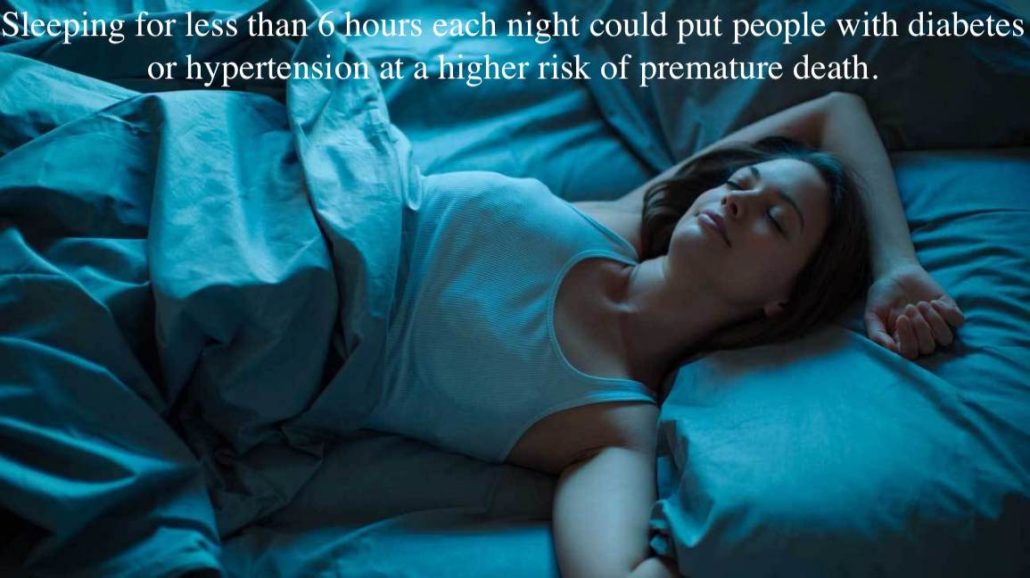Vulvodynia: What you need to know
Vulvodynia and vestibulodynia refer to a chronic discomfort of the vulva, the part of a woman’s body that protects the genitals.
It includes the external female genitalia, including the mons pubis, the labia majora and minora, the clitoris, and the perineum.
Vulval pain can happen for a number of reasons, but vulvodynia and vestibulodynia are specifically linked to a hypersensitivity of the nerve endings in the skin.
Around 16 percent of women are estimated to have experienced pain or stinging in the vulval area at some time in their life.
Treatment
Treatment aims to alleviate symptoms. As the cause is unknown, finding a solution that works may take some trial and error.
Medications to block pain may include antidepressants, anticonvulsants, or serotonin-norepinephrine reuptake inhibitors (SNRIs).
Other solutions include creams, lotions, and anesthetic gel for applying to the vulval area.
Examples include topical hormone creams containing estrogen and testosterone, topical anesthetics, such as lidocaine, and products that contain an antidepressant or anticonvulsant ingredient. These can be applied 15 to 20 minutes before sexual activity, or when needed. Some of these products are available for purchase online, including lidocaine.
A nerve block is an anesthetic drug that is injected into the nerves that transmit pain signals, in this case, from the vulva to the spine. Interrupting the pain signals in this way can provide short-term relief.
If no other method is effective, surgery to remove the painful tissue may be appropriate.
Two techniques that are currently being investigated are neurostimulation and the spinal infusion pump.
Neurostimulation involves delivering low-voltage electrical stimulation to a specific nerve. This can replace pain with a tingling sensation.
A spinal infusion pump is an implanted device that can deliver low-dose medication to the spinal cord and nerve roots. This can dull pain.
However, there is limited evidence regarding the use of these measures for vulvodynia.
Some researchers have found that physical and psychosexual therapy can help improve sexual functioning, for example, by helping to reverse a fear of touch.
Symptoms
Vulvodynia features a burning, stinging, itching, irritating, or a raw feeling in the vulvar tissue, which may or may not appear inflamed. Patients may describe a feeling of throbbing, itching, aching, soreness, and swelling.
The pain can affect a particular spot, or it may be felt in a wider area, including the clitoris, the perineum, the mons pubis, and the inner thighs. It can also affect the area around the urethra and the top of the legs and inner thighs.
The pain involved in vulvodynia is neuropathic, which means it stems from abnormal signals from the nerve fibers in the vulval area. The nerve endings are hypersensitive.
It may be constant or intermittent. A constant pain that happens when there is no touch or pressure is known as unprovoked vulvodynia.
Vestibulodynia, previously known as vestibulitis, involves a pain that is triggered by light touch, or provoked pain.
Symptoms may be worse during or after sexual intercourse, walking, sitting, or exercising. It can happen when inserting a tampon, or when prolonged pressure is applied, for example, during horseback riding.
Vulvodynia is usually defined as lasting for at least 3 months. It often starts suddenly, and it may last for months or years. It is not life-threatening, but the pain can prevent the individual from carrying out some normal activities. This can also lead to upset or depression.
Complications
Relationship problems can result, because sexual intercourse is painful. One study suggests that 60 percent of women with vulvodynia are unable to engage in sex.
Studies suggest
that women who have vulvodynia can have a normal pregnancy, and that in some cases, pain levels fall during pregnancy. However, women with the condition are more likely to have a cesarean delivery.
Home remedies
Some measures can be taken that do not involve medications.
If vulvodynia occurs, the first step is to stop using any irritants, such as perfumed soaps. A change in menstrual products might help, for example, switching from synthetic to cotton-based items.
Cool gel packs may offer immediate, short-term pain relief. A range of cool gel packs is available for purchase online.
Pelvic floor muscle exercises may help by relaxing tissues in the pelvic floor and releasing tension in muscles and joints.
Biofeedback uses technology to increase an individual’s awareness of how they might be stressing their body. This information can help people change habits that lead to harm or discomfort. For women with vulvodynia, it can help strengthen the pelvic floor muscles, and this may reduce pain.
A trigger point is a specific area of discomfort. Trigger-point therapy involves massaging a small area of tightly contracted muscle to release tension and relieve pain. An anesthetic medication applied directly, for example, as a cream, can also be used to relieve pain in a trigger point.
Since stress can play a role in vulvodynia, either as a trigger or a consequence, stress management may help ease symptoms.
Acupuncture and cognitive behavior therapy are options currently being explored.
Diet
A change in diet may help. Cutting out one food at a time may help to pinpoint a trigger.
Items that commonly trigger a reaction include:
- caffeine
- high-sugar foods
- acidic foods
- processed foods
Causes
Vulvar pain can be caused by infections, neurological problems, inflammatory conditions, and neoplasms, such as squamous cell carcinoma.
Vulvodynia is not related to an underlying condition. The exact cause is unknown. It is not caused by a sexually transmitted or other infection, skin disease, or cancer, although these can also cause pain.
Factors that may raise the risk of vulvodynia include:
- Damage to or irritation of the nerves around the vulva
- A high density of pain-sensing nerve fibers in the vulval area
- High levels of inflammatory substances in the vulval area, for example, because of inflammation
- genetic susceptibility
- pelvic floor muscles are weak or unstable
- unusual or long-term reaction to infection, trauma, or another environmental factor
- changes triggered by hormones
Other factors that increase susceptibility include:
- frequent yeast infections
- sexually transmitted infections (STIs)
- chemical irritation of the external genitals, caused by soaps, feminine hygiene products or detergents in clothing
- rashes on the genital area
- previous laser treatments or surgery on the external genitals
- nerve irritation, injury or muscle spasms in the pelvic area
- diabetes
- precancerous or cancerous conditions on the cervix
Provoked vestibulodynia could result from:
- sexual intercourse
- tampon insertion
- a gynecologic examination
- prolonged sitting
- wearing tight underclothes or pants
- activities such as cycling or horseback riding
Clitorodynia refers to pain in the clitoris.
Vulvodynia can be confused with other vulvovaginal problems, such as chronic tension or spasm of the muscles of the vulvar area called vaginismus.
Prevention
Measures that can reduce the risk of triggering pain include:
- wearing cotton underwear and loose-fitting clothes around the genital area
- avoiding scented toilet paper and perfumed creams and soaps
- avoiding friction or sitting for prolonged periods
- refraining from excessive genital washing
- not douching or using vaginal wipes
- using water-soluble lubricants during sexual intercourse
- patting the area dry after rinsing or urinating
If a vaginal infection is suspected, it is important to have it diagnosed and treated promptly and to discuss with a physician if any treatments appear to make the condition worse.
Diagnosis
Diagnosis may involve a pelvic exam, to look for skin changes and assess the pain.
A cotton swab test is used to delineate the areas of pain and categorize their severity. The physician may press with swab on different areas while asking the patient to rate the level of pain.
The patient should be ready to describe the pain, including the type of pain and its severity, say when it started, and whether it began gradually or suddenly, where it hurts, and how often.
The doctor may use a special magnifying glass, to carry out a colposcopy.
Tests may be carried out to try to find the source of the pain and to eliminate other causes.
These include:
- taking a culture for bacteria and yeast
- blood tests to assess levels of estrogen, progesterone, and testosterone
- a biopsy
In a biopsy, the doctor first numbs the genital area with a painkiller, and then a small piece of tissue is taken for examination under a microscope.





